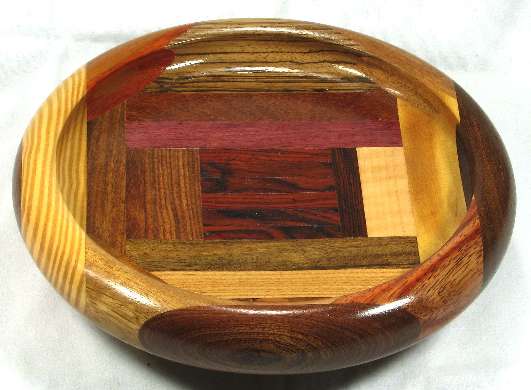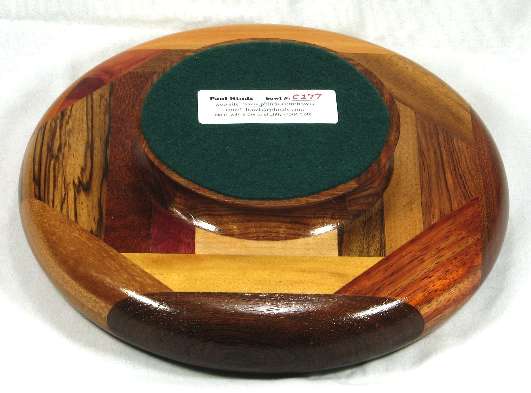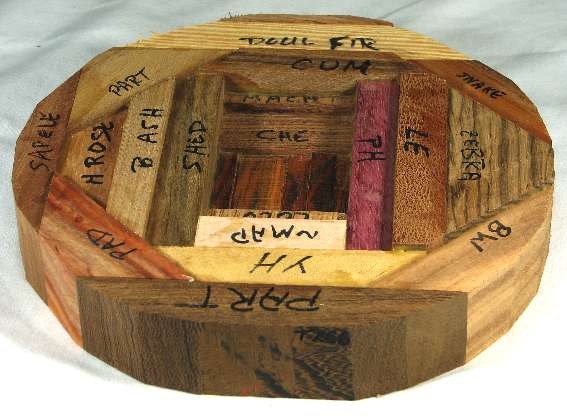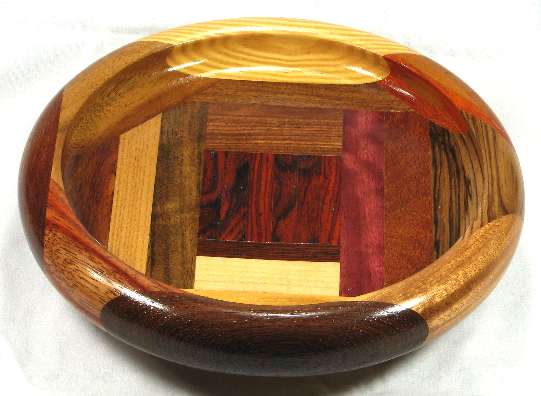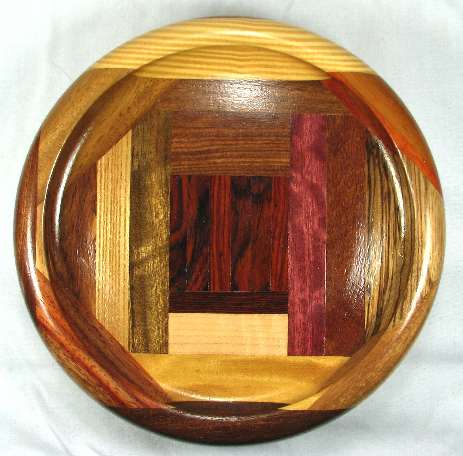
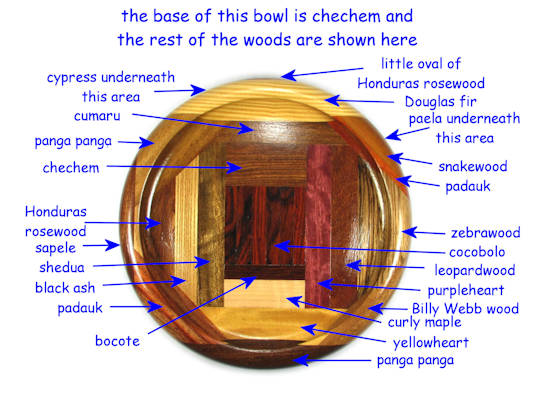
orientation view and the woods used: the "woods used" image can be enlarged
| video for bowl C177 note that the thumbnail of this video and the still pics on this page are all old and the colors have changed to what you now see in the video |


| video for bowl C177 note that the thumbnail of this video and the still pics on this page are all old and the colors have changed to what you now see in the video |

